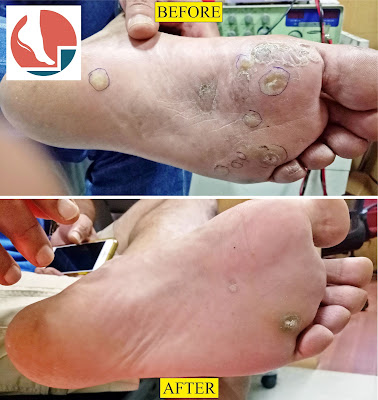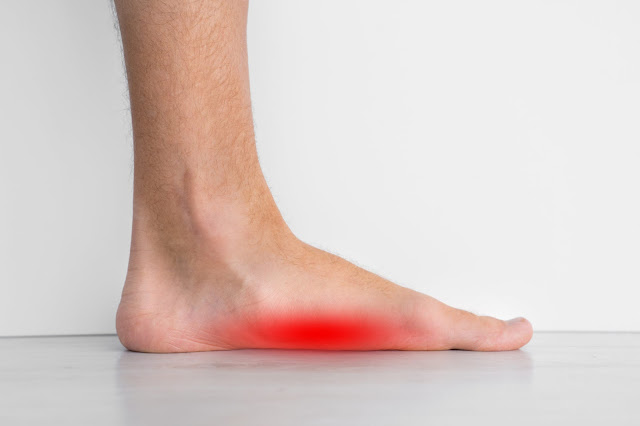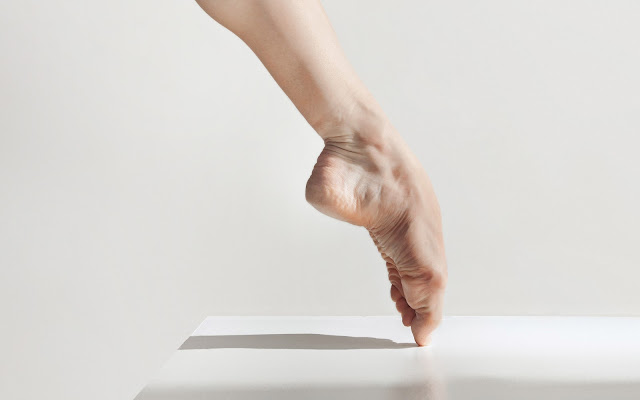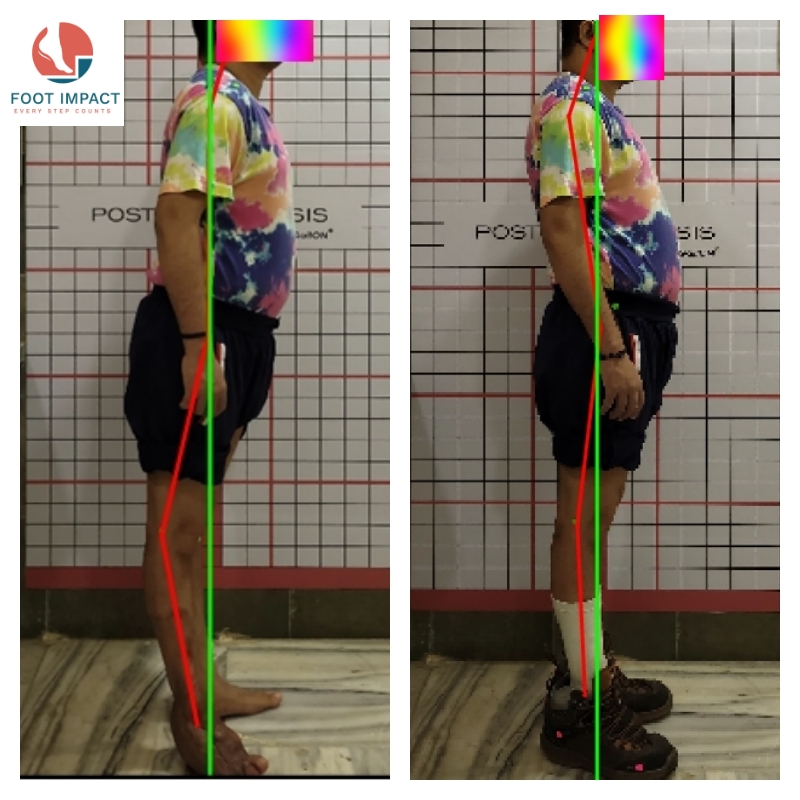Understanding Corns and Calluses: Non-Invasive Solutions for Long-Term Relief
Corns and calluses, though common, can be persistent issues that some individuals endure for extended periods, ranging from 15 to 30 years. While medications and surgical interventions may offer temporary relief, it is crucial to recognize that these conditions are symptoms, and the root cause varies among individuals.
Causes:
Why Corns and Calluses Occur:
The occurrence of corns and calluses is closely tied to the distribution of body weight as we stand and walk. The pressure areas in our feet differ from person to person, influenced by factors such as arch structure and walking patterns. For instance, individuals with flat feet may experience heightened pressure on the inner side, leading to corns at the great toe, while those with high arches might develop corns below the little finger. Footwear choices also contribute significantly; wearing high heels, for example, can increase pressure on the forefoot.
Non-Invasive Remedies:
Rather than opting for surgical interventions, a more effective approach involves understanding the individual's foot arches, posture, and walking pattern. Assessment of these factors allows for a comprehensive understanding of excess pressures contributing to corns and calluses. The prescribed solution often includes corrective insoles or orthotic footwear designed to alleviate pressure from the affected areas.
Home Care Keynotes:
1. Choose Appropriate Footwear: Selecting shoes that provide proper support and minimize pressure points is crucial. Avoiding high heels or shoes that squeeze the toes can significantly reduce the risk of corns and calluses.
2. Regular Foot Checks: Routinely inspect your feet for any signs of corns or calluses. Early detection allows for prompt intervention, preventing the conditions from worsening.
3. Moisturize and Exfoliate: Keep your feet moisturized to prevent dry skin, which can contribute to the formation of calluses. Gently exfoliate to remove dead skin cells regularly.
4. Trim Toenails Carefully: Improperly trimmed toenails can contribute to the development of corns. Ensure you trim your toenails straight across to avoid ingrown nails.
5. Avoid Salicylic Acid: Given its name, it is an acid that could bring about undesirable changes in the skin, leading to unhealthy transformations and an augmentation in both the size and depth of the corn.
If it not help consider consulting podiatrist for understanding root cause & preventive treatment.
Remember for healthy lifestyle starts healthy foot, because REVRY STEP COUNTs...!
Conclusion:
By addressing the root causes and focusing on non-invasive measures, individuals suffering from corns and calluses can experience long-term relief. The implementation of corrective footwear and insoles, coupled with attentive home care practices, can lead to pain relief and healing without the need for surgical interventions. Regular follow-ups and adjustments contribute to minimizing the risk of recurrence, providing a holistic and sustainable solution to these common foot issues.



